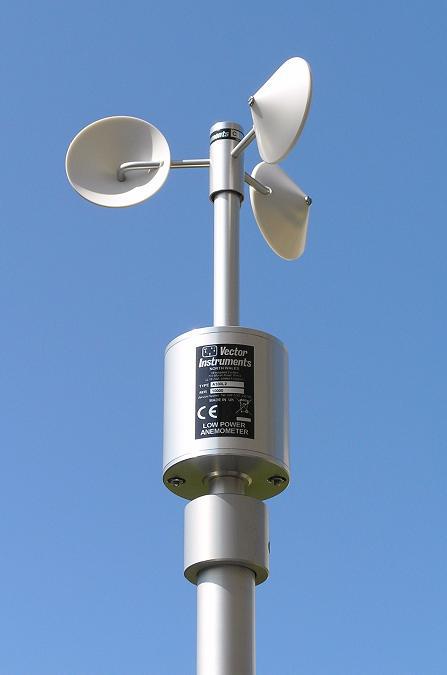All You Required to Understand About Anemometers: How They Function, Why They Matter, and Where to Utilize Them
Anemometers, though often forgotten in the realm of clinical instruments, play an essential role in various areas, using important insights into wind rate and air movement patterns. Recognizing the mechanics behind these tools is crucial for any person looking for to harness the power of this data. From meteorologists tracking weather patterns to designers creating structures with wind lots in mind, the applications of anemometers are varied and far-ranging. As we dig into the intricacies of anemometer innovation, we will certainly uncover the inner operations of these tools, their significance, and the key factors to consider when selecting the best anemometer for particular applications.

Anemometer Basics
A crucial instrument used to measure wind speed and direction, the anemometer plays a crucial duty in weather forecasting and different sectors. An anemometer commonly is composed of three or 4 cups that rotate in the wind, a vane that points right into the wind, and sensors to track the rotations or motions. By calculating the turnings or movements over a certain time period, the anemometer can establish wind speed. The vane helps identify wind instructions by aiming right into the wind, offering valuable information for weather projecting, aeronautics, maritime procedures, environmental tracking, and wind power applications.
There are different types of anemometers readily available, consisting of cup anemometers, vane anemometers, hot-wire anemometers, and sonic anemometers, each with its special attributes and applications. Cup anemometers are frequently made use of for standard wind speed measurements, while vane anemometers are chosen for directional dimensions.
Concepts of Anemometer Operation
Building on the fundamental understanding of anemometer fundamentals, the principles of anemometer procedure illuminate the mechanics behind wind rate and direction measurements. Mug anemometers, for instance, have three or more mugs that capture the wind, causing them to rotate much faster as the wind speed rises. Hot-wire anemometers depend on a heated cord that cools down as wind passes over it, with the rate of cooling determining the wind speed.
Importance of Anemometers
Anemometers play an important function in determining wind rate and direction, offering crucial information for weather forecasting, environment studies, environmental tracking, and aviation operations. Meteorologists count on anemometers to collect exact wind information, assisting them recognize weather condition patterns, predict tornados, and concern timely cautions to the public. Wind ranch drivers use anemometers to examine wind conditions and maximize electrical power production from wind turbines.
Applications Across Various Industries
In the sustainable energy industry, anemometers play a vital function in examining wind problems for wind farm placements, ensuring optimal power manufacturing. Industries like building Find Out More and construction and mining make use of anemometers to check wind rates, vital for security procedures, especially when working at heights or in open-pit mines where strong my response winds can posture threats. In farming, anemometers aid farmers in his comment is here taking care of plant spraying by providing real-time data on wind rate to prevent drift.

Selecting the Right Anemometer for Your Needs
Picking the suitable anemometer tailored to your specific requirements is necessary for obtaining precise wind rate and direction dimensions. When selecting an anemometer, think about elements such as the designated application, called for measurement variety, environmental conditions, and preferred functions. For general functions, a cup anemometer appropriates for determining wind speed, while a vane anemometer offers wind direction data. Hot-wire anemometers are perfect for low airspeed measurements, and ultrasonic anemometers offer high accuracy and resilience.

Verdict
To conclude, anemometers play an important role in gauging wind rate and direction throughout different industries. Recognizing the principles of anemometer operation is essential for picking the ideal gadget for specific demands. From weather forecasting to air travel, anemometers are important tools for collecting exact data and making sure safety in different applications. It is necessary to think about the importance of anemometers in order to make educated choices when picking one of the most suitable tool for measuring wind conditions.
There are different kinds of anemometers readily available, including cup anemometers, vane anemometers, hot-wire anemometers, and sonic anemometers, each with its special attributes and applications. Mug anemometers are commonly used for basic wind speed measurements, while vane anemometers are favored for directional dimensions. Hot-wire anemometers are suitable for low airspeeds, and sonic anemometers are suitable for high-precision dimensions in study and industrial settings.Building on the foundational understanding of anemometer fundamentals, the concepts of anemometer operation illuminate the mechanics behind wind rate and instructions dimensions. For basic objectives, a mug anemometer is ideal for gauging wind rate, while a vane anemometer gives wind instructions information.